Suona Solo Concert in the Focus of "Southern Tune and Northern Tune"
On the evening of November 8, the Standard Concert Hall of Zhejiang Conservatory of Music welcomed the Suona Solo Concert, the focus of "Southern Tune and Northern Tune", hosted by Zhejiang Conservatory of Music and undertaken by the National Music Department of Zhejiang Conservatory of Music and the Asset Management Company of Zhejiang Conservatory of Music. The whole concert focused on the northern and southern suona music and presented the audience with colorful and colorful suona music. At the same time, with the help of the concert, it also conveyed the music concept of "each beauty has its own beauty, and beauty is shared".
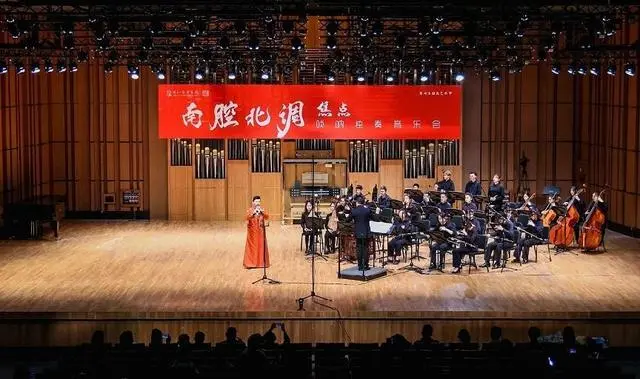
As a national musical instrument with a long history, the suona is popular in the north and south of China, such as Henan, Shandong, Anhui, Hebei, Shanxi, Shaanxi, Xinjiang, Guangdong, Fujian and more than 20 nationalities in the three northeastern provinces, Yunnan, Sichuan, Guizhou, etc. Different customs and customs form different suona music styles. The concert gathered 12 classical suona works with a north-south style in different regions. It includes percussion music "Dragon Leaping and Tiger Leaping", Hebei style music "Victory Yangge", Shandong style music "A Branch of Flower", Northeast style music "Snow Lantern on the 15th day of the first month", Anhui style music "Fan Tone Calling Sentence", Shanxi style music "Mountain Village Spring", Zhejiang style music "Dance Shadow", Shaanxi style music "Guanzhong Sentiment", Henan style music "Two Eight Boards in Western Henan" The Fujian style music "She Qing", the Guangdong style music "Happy Yangcheng" and the well-known Suona famous music "Hundred Birds Descend to the Phoenix".
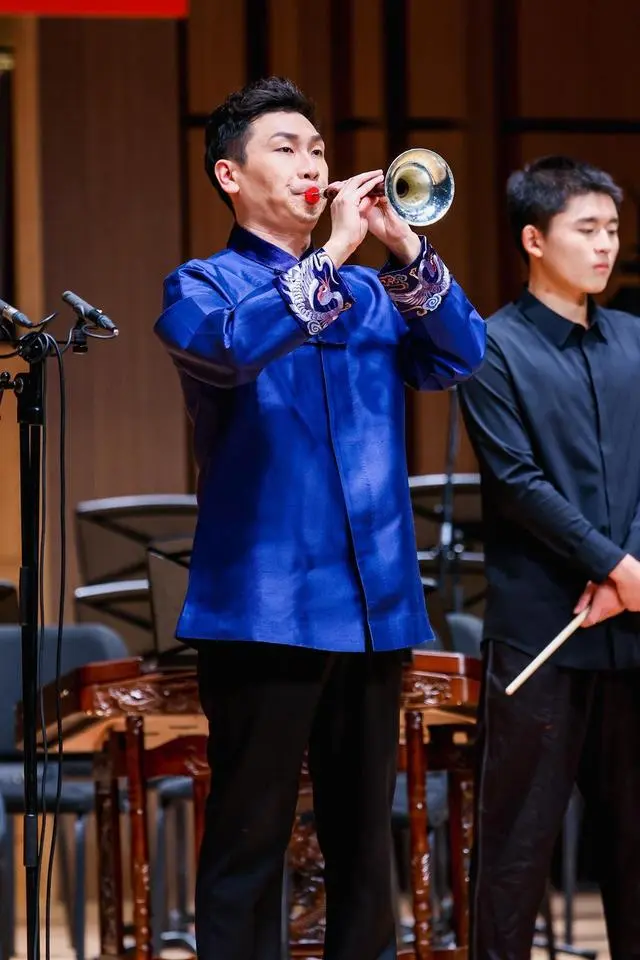
It is worth mentioning that this concert is the first time for the National Music Department of Zhejiang Conservatory of Music to let professional music performances go out of the campus and face the masses in the form of ticket sales. On the day of the concert, there were no empty seats, and the enthusiasm of the audience continued to rise. The first song "Dragon Soars and Tiger Leaps" was played by the leader Focus and the Nine Bell Blowing Orchestra. The music is passionate and full of national style. The lead and ensemble play alternately, rendering a scene of jubilation of the masses. At the end of the music, the theme melody and the drum sound alternately, shocking people and winning continuous applause.
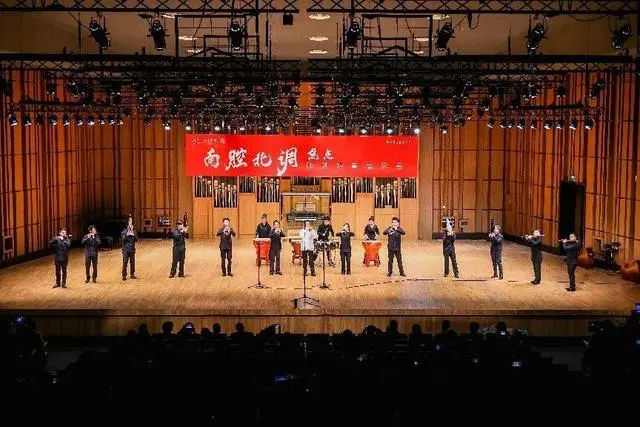
The famous Suona opera "A Branch of Flower" adopts the segmental tones of local operas and Shandong folk tunes. After being refined and developed by Ren Tongxiang's arrangers, it finally forms a classic Suona work with clear hierarchy and strict structure. The focus is to make folk music, the flower of art, blossom among the people through suona playing, and strive for its fragrance in the national music arena.
The song "Snowy Lanterns on the 15th day of the first month" makes the audience feel the lively scene of Northeast people enjoying lanterns and celebrating the Lantern Festival together in the snowy season, and hopes that the snow will usher in a happy life. The familiar style of Northeast Errenzhuan is deeply loved by the audience. Yang Lei, director of the percussion teaching and research department of the Zheyin National Music Department, was invited to accompany the whole concert. In response to the interaction of Suona and Sheng, the scene was full of enthusiasm and exultation, and the music such as "Victory Yangge", "Where to Call Sentences" and "Spring in the Mountain Village" were completed, which won applause from the audience.
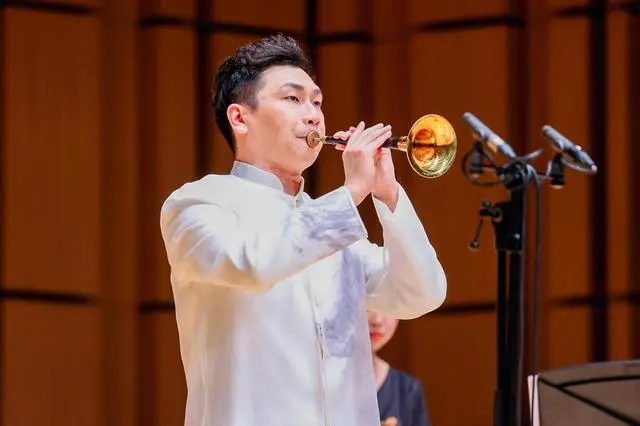
The Zhejiang style music "Dance Shadow" created by Focus subverts the previous image of people's pungent and forthright music about suona. The inspiration for music creation comes from Su Shi of the Song Dynasty's "When is the Moon in the Water Melody? How can you dance to clear the shadows? How can you be in the world?" and takes the moonlit night of the West Lake as the creative motivation. At the same time, Xiong Zhuangzhuang, the art director of piano, is invited to accompany the piano, making the music more fresh and flexible. Focus on the combination of new creative techniques and suona playing skills to make the audience fresh with elegant and pure suona music.
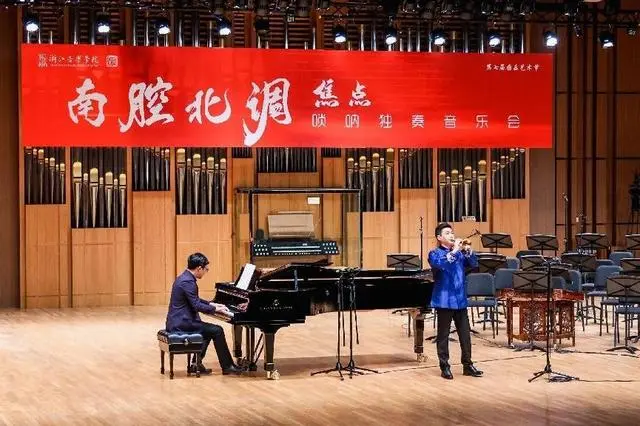
In order to make the audience feel the charm of suona music better, Yang Guang, a young conductor, and the national band of the National Music Department were invited to complete the second half of the concert. Western Henan 28 Edition is a classical Henan style music. The focal point is to imitate the singing of Henan Opera with suona, which is like chanting and humming. In the simple and resolute music, there is a breath like dragonfly touching the water, which highlights the characteristics of the combination of hardness and softness of Henan suona music. In the development and change of the flow board, the flower cavity beats up and down, giving people a sense of joy. As a suona solo based on folk music in southern Fujian, "Celebration of the Society" has a cheerful and beautiful melody. Through the duet with the band, the whole song reached a climax. This also reflects the optimistic spirit of Fujian people's self-reliance and striving for strength. A Guangdong music style "Happy Yangcheng" has a smooth, light and tactful melody, which leads the audience to appreciate the style of Yangcheng through the style of decorative sounds and flowers.
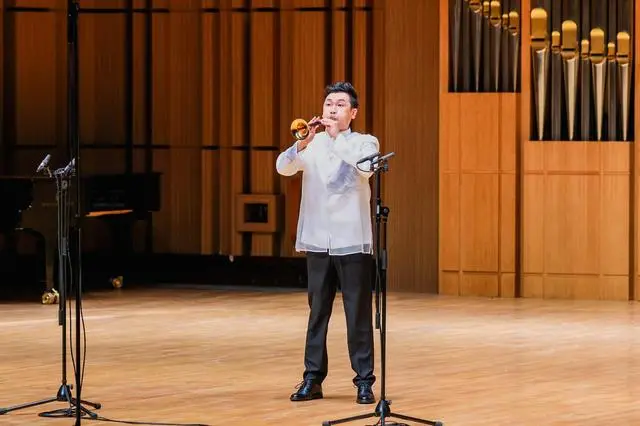
As the last piece of music, a well-known suona song "A Hundred Birds Descend to the Phoenix" is naturally the music expected by the concert. Although eleven suona solos have been played in front, the focus is still to vividly show the audience the Hundred Birds Descend to the Phoenix in a full state and skilled skills. The song uses onomatopoeia to simulate more than ten kinds of bird calls. At the climax of the music, the focus leads to the echo of birds behind. This design attracted applause from the audience. It not only depicted the scene of thousands of birds singing in harmony, but also skillfully presented the scene of birds courting the phoenix in the stage vision. Focus and his students sometimes played against each other and competed with each other, pushing the atmosphere of the scene to the extreme and winning the applause of the whole room.
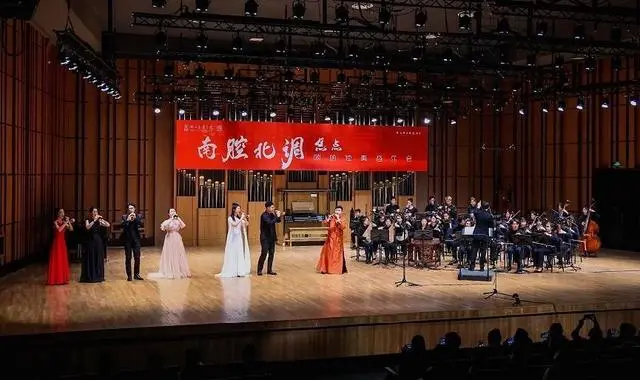
The twelve pieces of music in this concert are the epitome of suona music. Although there are great differences in culture and style between the North and the South, the charm of Suona music lies in the fact that one Suona can fully display the styles of different places at the same time. The concert of "South Tune and North Tune" is intended to convey the idea of "knowing how to appreciate, respecting different regions and different national music cultures". It is precisely because of the music creation environment in which a hundred flowers are in full bloom today that music more in line with the ideal of Great Harmony can be produced, making Suona music and Chinese music shine.
 渝公网安备 50010702504639号
渝公网安备 50010702504639号